Maneuvering
The class utilized a unique 8-axis
Perdalene Rocket reaction control system. The radial symmetry of the hull form permitted this. Six sides provide space for six lateral sets of thrusters plus prograde and retrograde reaction control thrusters positioned at the crown and base respectively.
Secondary Systems
Onboard batteries, meant for cold starts, also fulfilled other demands. The system was intentionally oversized late in the design process to provide power in brief moments when the electrical demand exceeds the production of the reactors, such as if the large search radars were used at the same time as the railguns. These batteries had a limiter so that their charge did not drop below what was needed for starting up a single reactor and running it for at least five minutes. Low-temperature cooling systems can also recover waste heat to provide a limited supply of electrical power.
In the event of a complete power failure, the crew compartment had a completely passive radiator backup. Solenoid valves holding retracted radiator panels on the exterior of the ship disengage allowing folded radiator fins to extend under hydraulic pressure.
Protection
Although its size may invoke thoughts of superior protection, the armor of the Vendoya-class was actually rather light. Raw thickness of the armor was comparable to a frigate. Protection is instead derived from the extremely sharp forward angles which, of course, is only useful if the incoming fire is nearly parallel the vessel and not perpendicular.
Even stranger was the lack of a citadel - an armored box which houses the crew compartment. Instead
electric armor surrounds the crew compartment under the hull as this armor type was more efficient by weight for the protection it provides. It, however, was far more expensive and complex than traditional armor while also requiring a supply of power to function. Regardless, it was very much appreciated by the crew who would otherwise not be as protected.
Electronic Warfare Complement
Starglance
The crown jewel of the Vendoya-class is the massive Starglance Infrared Laser. Topping off the class with an exterior lenses made of a solid synthetic sapphire, this laser was meant to produce a focused beam of infrared radiation that appears as hot as engine exhaust to sensitive cameras. It produced a parasitic heat signature that interferes with missile tracking. The laser was neither powerful enough nor focused enough physically damage missiles or other ships. At best it was be able to damage infrared sensors at close ranges.
Auxiliary Electronic Countermeasures
To complement the Starglance Laser, a suite of far smaller optical lasers were used to overwhelm optical sensors. Compared to Starglance, optical dazzlers were low power devices. They used a very fine focused beam of light to damage or at least overwhelm camera systems in close ranges. This system was also used in conjunction with hard-kill countermeasures to increase their accuracy.
A Starglance Mod.1 emitter being tested.
Recoverable radar decoys were standard for ships of the class. These were used to create "ghost" signatures that mimicked the radar return of a ship. These decoys were propelled like missiles and could travel in formation to make a fleet appear larger than it really was for a limited period. Infrared and optical cameras can, of course, see the actual decoy. Any sufficiently advanced computer system, such as those used by well established professional navies, would be able to recognize the decoy and filter out radar noise.
Sensors
A spotting radar (left) and a smaller search and tracking radar (right).
As part of the requirement to upgrade defensive capabilities of the Quadriarma, each member of the Vendoya-class was outfitted with three of the largest search radars built for any ship. These powerful radars exceeded the capabilities of anything else before them. However, they were added late in the design process. They were requested by parliament after a brief conflict between two small nations resulted in the capture of several wormhole gates. The radars were retrofitted to the design, but not soon enough to avoid issues. If the radars were ran during combat involving Starglance and the railguns armament then power consumption would swiftly exceed production.
A large number of optical and infrared cameras provide scanning and tracking but not targeting. The number of these units is less than might be expected for a vessel the size of a Vendoya but they were considered adequate if supporting escorts were present with live data sharing.
Weaponry
Railguns
Fitted between the retro-engines on special hard points with reinforced frames were a trio of historically significant weapons. The single largest expanding gas railguns ever produced - the TKV-34 Mod. 3, also known as the Thunderchild Railgun - was a piece of technology once thought to have been the physical limit for railgun performance. Despite being superior to all others before it, the application of these weapons was originally controversial.
Development of the TKV-34 occurred during the Reunification Era. Originally meant to be an inline weapon system mounted to destroyer-type warships, the program was halted when expansion through force came to an end. Many in parliament argued that such a powerful and obscenely expensive weapon was useless in a navy optimized for national defense. Studies for Project Spearthrower argued that these weapons would actually be preferable for the intended role of the class. High-velocity, high-accuracy, and quick reloading railguns were ideal in crowded wormhole gate environments. Especially when the alternative was using anti-ship missiles with nuclear charges in areas of otherwise neutral civilian space. That latter option was significantly cheaper regardless.
Point Defense
Hardkill defenses against missiles on the Vendoya-class were simply not impressive. Only 12 Dual-MKV Coilguns were installed with 6 covering the aft and another 6 forward. Additional interceptor missiles added to the capability of defending against anti-ship missiles, but launcher capacity was always less than ideal.
A TKV-34 railgun aimed over the hanger side.
A pair of MKVs mounted near the crown. A large cargo door is installed between the two for easy ammo replenishment.
Service History
Quadriarma-Emuligar War
The outbreak of the
Quadriarma-Emuligar War came shortly after all five vessels of the class were commissioned. The first four vessels - Vendoya, Adrast, Haiza, and Anfreole - were tasked with expeditionary missions farther away from wormhole gates than intended in otherwise neutral space. These missions were focused on force projection rather than ship-to-ship combat.
Contrary to the first four ships of the class, the
Ingemar would be deployed to the
Protea Galaxy. From the outside it appeared to be an entirely peaceful mission, seemingly taunting the Emuligar Republic. However, the true mission was far more than that. It was not publicly known that the Emuligar Republic established a bridge from the Trea-Tome Galaxy and had actually done so before the Quadriarma. On top of that, the Protea Galaxy was confirmed to have much greater significance during the prehistoric
Kapisan-Ngladeni War that saw the extinction of the Kapisan and nearly complete destruction of the Ngladeni. Within the Protea Galaxy might be keys to technology that don't just push the limits of physics, but rather bend it entirely. Some even claimed the origins of modern life may be discovered there.
The Vendoya-class saw limited action, but the Ingemar demonstrated the capabilities of the class in a remarkably creative display that thoroughly infuriated notable members of parliament and the naval admiralty during the
First Siege of Preccyoba. All five vessels of the class would see the end of the war with minimal damage.
Interwar Period
After the Quadriarma-Emuligar War ended, all of the cruisers returned to their home ports to receive overhauls. Included were minor upgrades to sensor equipment, hull panel replacements, and vessel specific fixes. Interceptor missile batteries would be refit to support longer-range interceptors. Railgun conductors and gas arrestors were replaced due to erosion, micro-fractures, and build up of vaporized material.
Following the war, parliament asked for drafts of ships improving on the Vendoya's design. Designs were to be primarily gunships as the future of missiles were an uncertainty as long as they struggled to overwhelm completely new railgun-based defenses pioneered by the Emuligar Navy. Investment into railguns was suggested. Some proposals for new ships included a resurgent of the battleship featuring five, six, or even eight TKV-34s on turrets. Others returned to the original purpose of the TKV-34 as an inline system. Some included theoretical future railgun designs using KN materials. Ultimately, no replacement would be selected.
Resolute War
The climax of the String Wars - the
Resolute War - brought almost every nation into conflict. With the Emuligar Republic destabilized due to internal politics, the Quadriarma following not far behind, the secrets of the Ngladeni being revealed to all, and most people still living in poverty brought on by the disastrous
Plague over 200 year ago an incredibly volatile political and social environment was created. War breaking out among minor nations almost immediately brought the two superpowers of the Trea-Tome Galaxy into play.
The Vendoya-class briskly returned to combat to defend the Quadriarma. Emuligar naval technology improved greatly and even matched the Quadriarma Navy in terms of relative performance. Vendoyas found themselves struggling to perform like they did in the first war as they were now fighting new warships built with alien materials.
During the war, two of the cruisers would be destroyed. Adrast would succumb to an overwhelming series of attacks that would eventually overheat the ship and leave it defenseless. Haiza would be destroyed using a mix of missiles and railgun fire over a prolonged period in a battle that targeted its escorts and various exterior components before attempting to disable the vessel. For a while the fate of the Haiza was unknown as no escorting vessels returned. Eventually, stolen intelligence confirmed neutralization of the fleet and capture of the Haiza. However, the Haiza destroyed six Emuligar warships before being disabled.
The Ingemar would return to the Protea Galaxy to liberate the colonies of the Quadriarma from Emuligar Forces attempting to seize total control over the Protea Galaxy and its hidden Ngladeni technology. However, the defense damaged the famous
Guardianbird Gate bringing it out of commission. During the half-year repair, the Emuligar Republic collapsed and the Quadriarma Union was dissolved. Few concessions were made for the military which lacked public support. As a result, many of the fleets were left to their own devices. Remnants of the Quadriarma's military broke up into many different factions divided by the regimental structure of the service. Vendoya and Anfreole became independent while the Ingemar aligned with the colonies of the Protea Galaxy.
Final Battle of Preccyoba
Without moderation that came from the Quadriarma, whether that be navy law or bribes from parliament members, indignation erupted throughout the old navy. Vendoya and its fleet would then turn against the colonies after the dissolution. Fueled by feelings of rejection and denial that the end of the war would result in the silent dissolution of the nation they fought for, large portions of the service sought to destroy much of Preccyoba whom had been the catalyst for two major wars back-to-back. However, this sentiment was not shared by all. Many service members knew that the colonies were innocent and surprisingly most of the Army was on the side of the colonies. And so was the Anfreole and its fleet.
Catching wind of the attack, Anfreole and its fleet moved to the colonies ahead of Vendoya. All military units in the colonies were moved to orbit around Preccyoba, a much more defensible position. This would also prevent the other colonies from becoming potential targets, but this wouldn't work for Preccyoba regardless of military presence. The blame put against them was considered too great to be admissible. Destroying connecting gates was also not an option as there was not enough time to safely break the connection.
During the
Final Battle of Preccyoba, the attacking fleet split into three groups. The first group lead by Vendoya would move to destroy the Ingemar and Anfreole. The second group consisted of lighter vessels equipped with orbit-to-surface missiles intended to wipe out points of interest. The third group was tasked with backing up the mission by focusing on deployment of surface combatants if the second group was unable to take out surface targets. That contingency would be used. Defending attackers, corvettes, and frigates intercepted the second group but were unable to stop the third group from deploying. Meanwhile the first group was struggling to neutralize Ingemar, Anfreole, and their supporting fleet. However, they continually drew closer.
With the second fleet neutralized and the third successfully deployed to the surface it was up to the fleets in orbit to decide the fate of the moon. Even if the surface was lost, a win in orbit would choke the units on the ground. However, it wasn't looking well for the defending side. Both Anfreole and Ingemar were severely damaged with the Anfreole's central core threatening to break apart after a railgun round penetrated the crown. It was only the fleet of smaller ships with missile dominant armaments that blindsided the attacking first group that resulted in their eventual destruction. Vendoya would be destroyed after several anti-ship missiles disabled the reactors and ruptured four of the six massive fuel tanks in the aft section of the ship, flooding it with cryogenic helium. Unfortunately, Anfreole would have to be abandoned in orbit of Preccyoba as its column couldn't bear forces of acceleration.
Post Conflict
With the Ingemar the only operational Vendoya-class cruiser and Preccyoba now safe for the time being, the warship was gifted to Litianam for the purpose of securing the colonies. Anfreole was stripped for valuable parts leaving only a husk of a ship behind. Ingemar would serve with Litianam until the
Guardian Angel Bridge inevitably shut down. After that Ingemar would be broken up for scrap.
Ships of the Class
| Name |
RGM Appearance |
Fate |
Notes |
| Vendoya |
Late Story |
Destroyed in orbit over Preccyoba |
Lead ship of the class and first to be launched. Becomes the last major enemy in the Red Grass Moon narrative under command of a fleet admiral who openly dissapproved of colonialism and high-profile research in the Protea Galaxy. |
| Adrast |
None |
Destroyed during the Resolute War |
Served in the same fleet as the Vendoya. |
| Haiza |
None |
Destroyed during the Resolute War |
Served in the same fleet as the Anfreole. Shortly gained legendary status following tales of its battle based on Emuligar intelligence. |
| Anfreole |
Late Story |
Abandoned in orbit over Preccyoba |
Declared loyalty to the Colonies after the Quadriarma's collapse. Assisted Admiral Rimyr in the last battle over Preccyoba against the Vendoya and its loyal fleet. |
| Ingemar |
Multiple throughout the story |
Broken up and scrapped around Litianam |
Secured Preccyoba from enemy fleets on three separate occasions. Most distinguished service and longest lasting vessel of the class. Flagship for Admiral Rimyr before being given to the newly sovereign Litianam. |

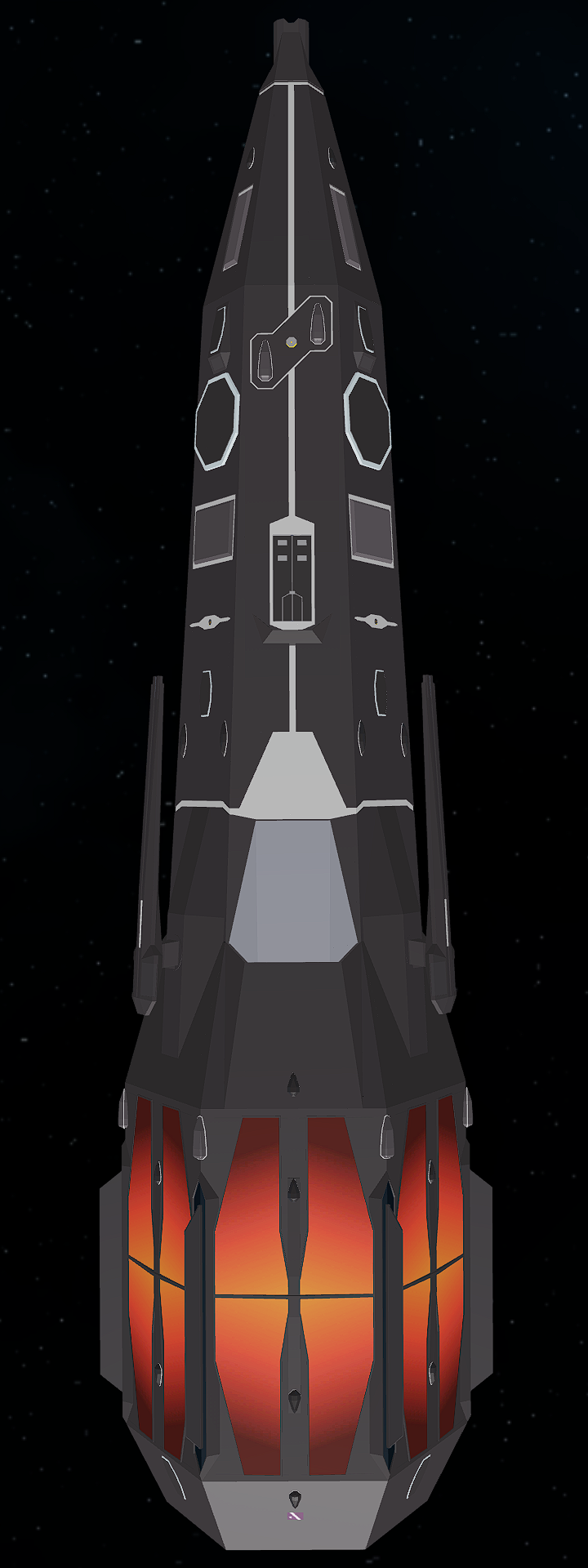
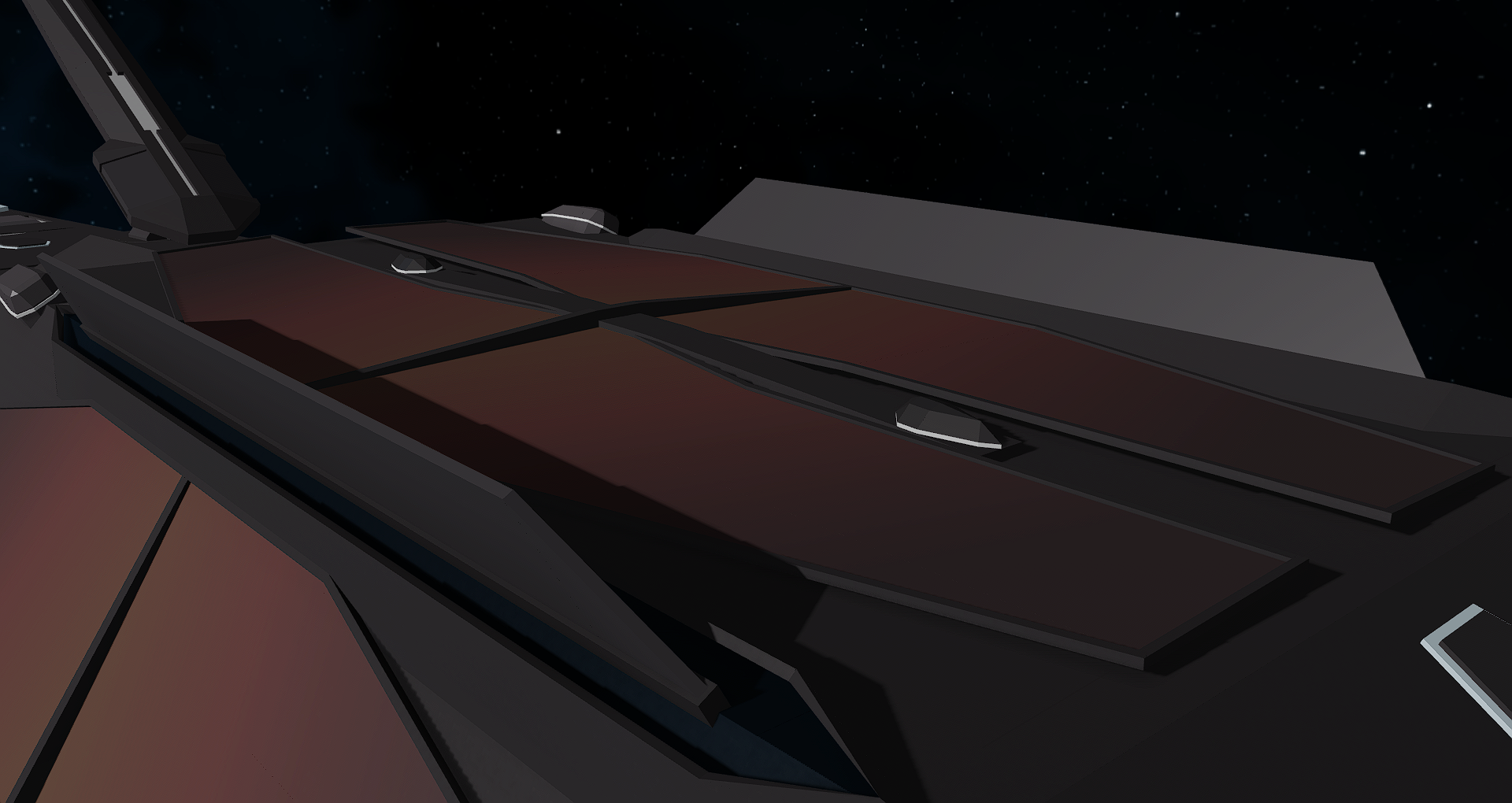
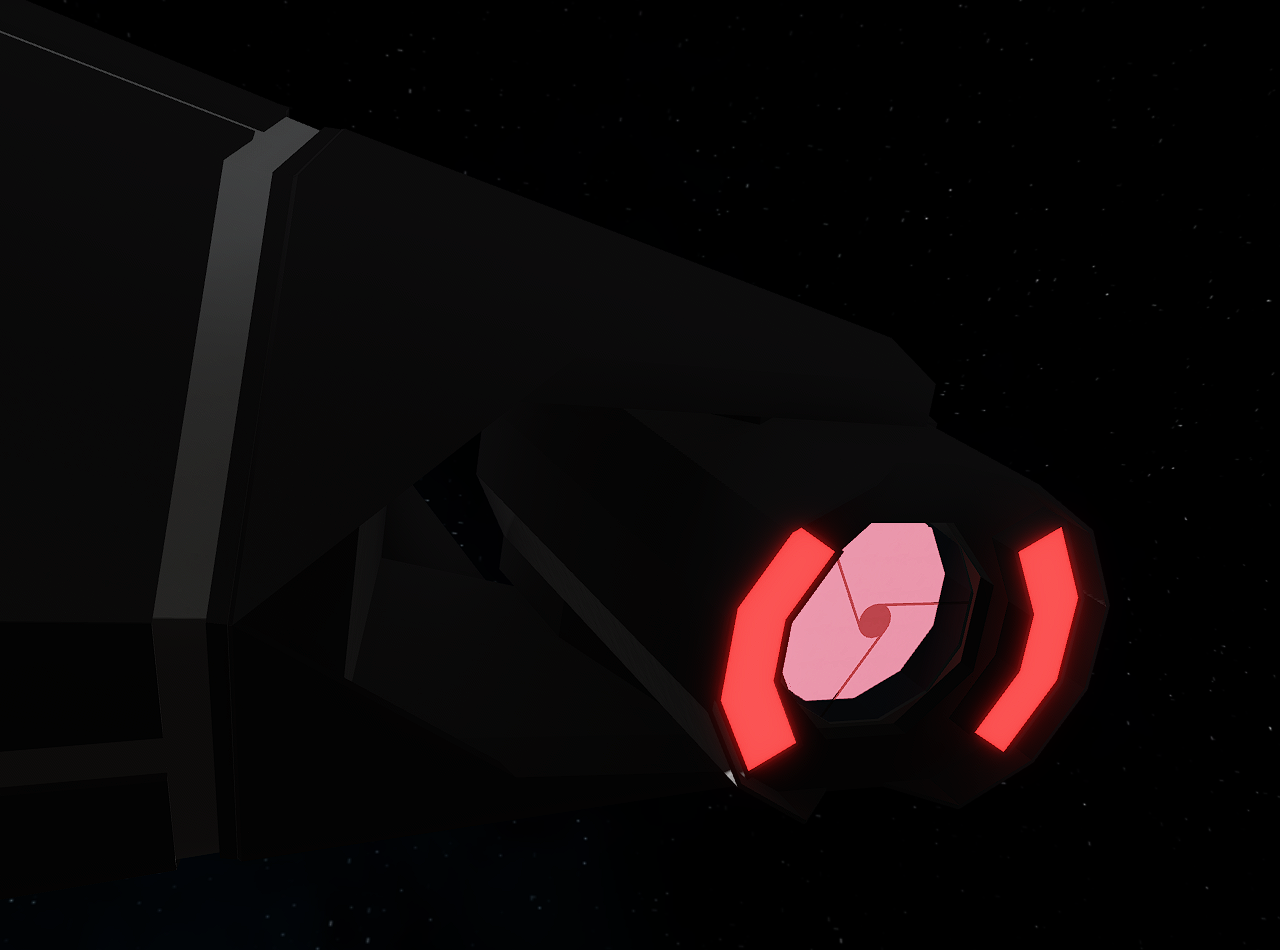
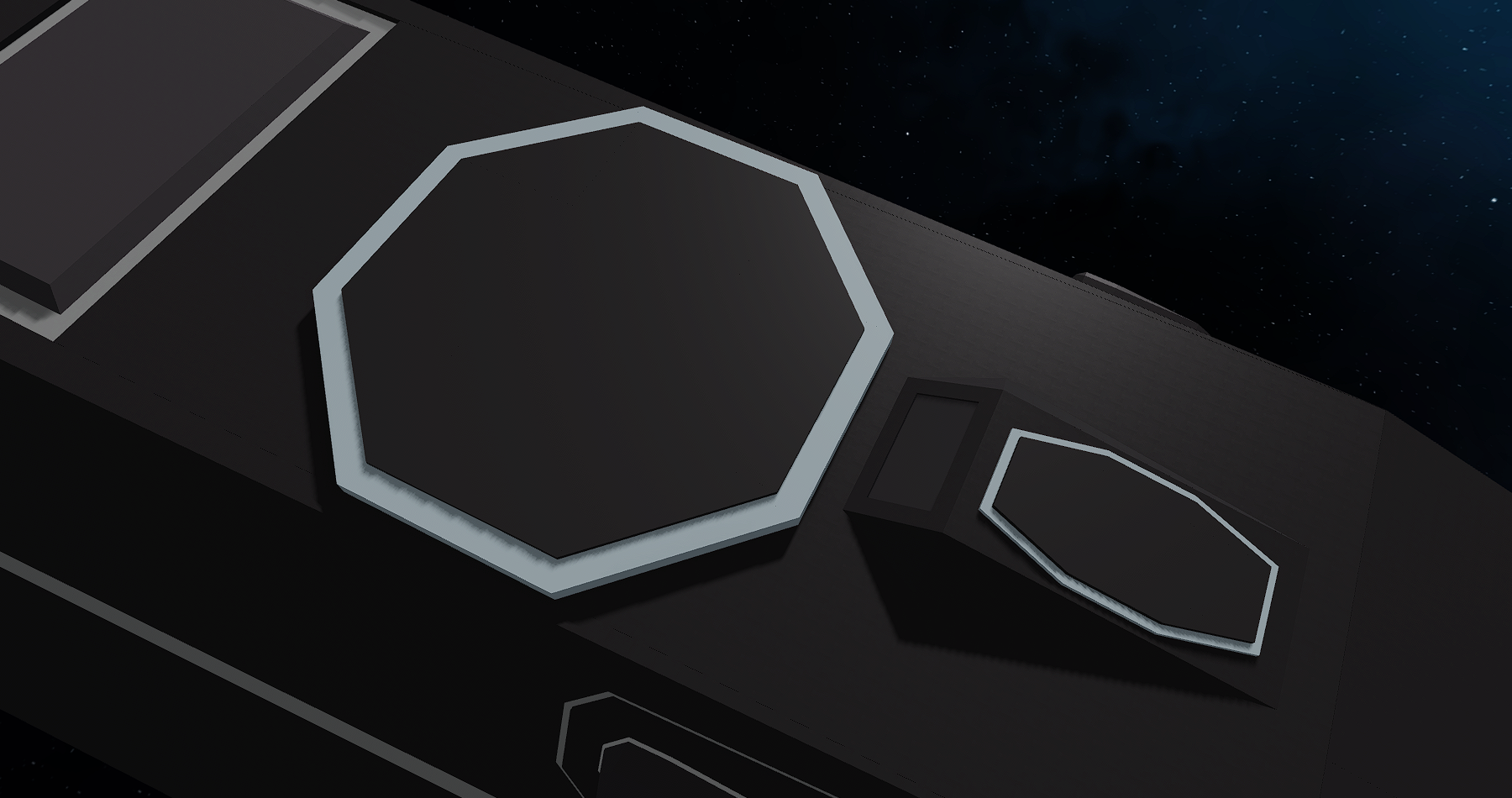
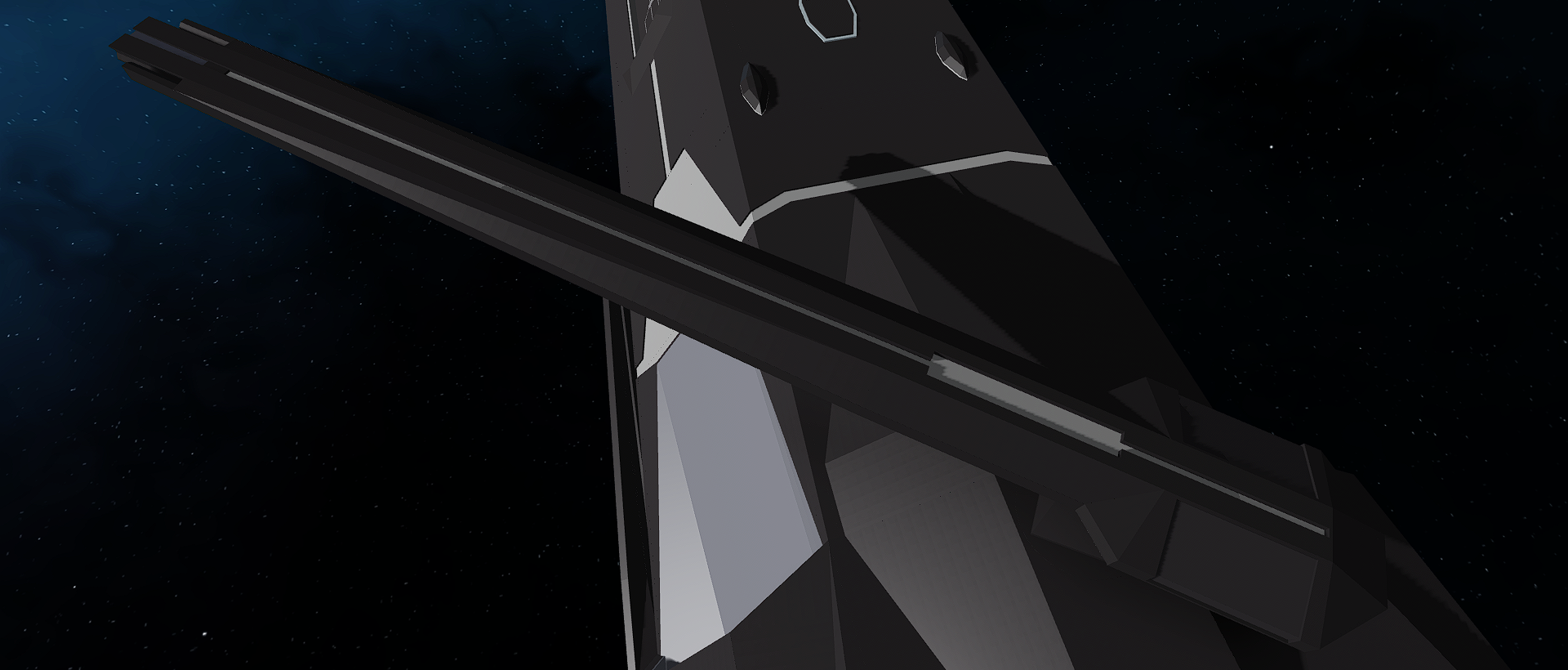
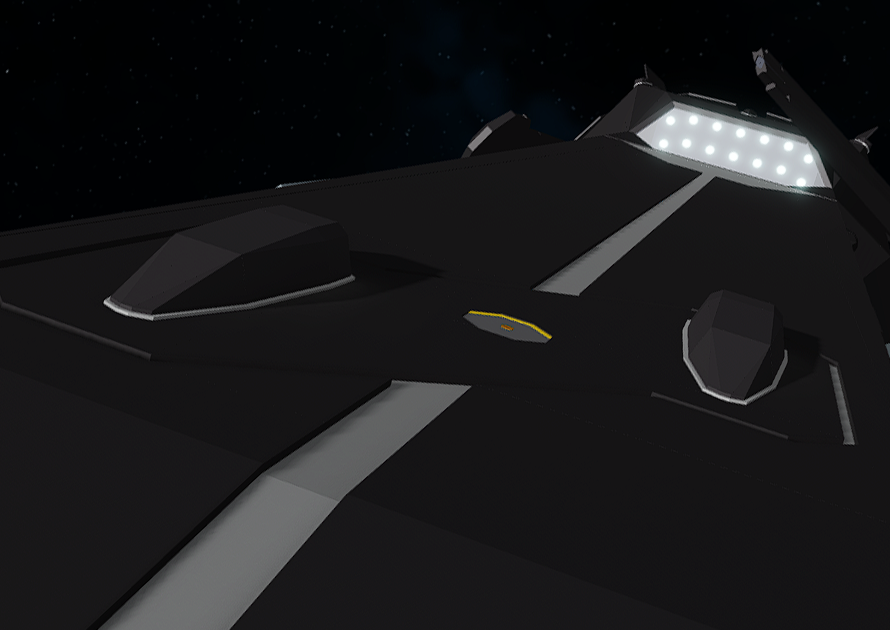

Comments